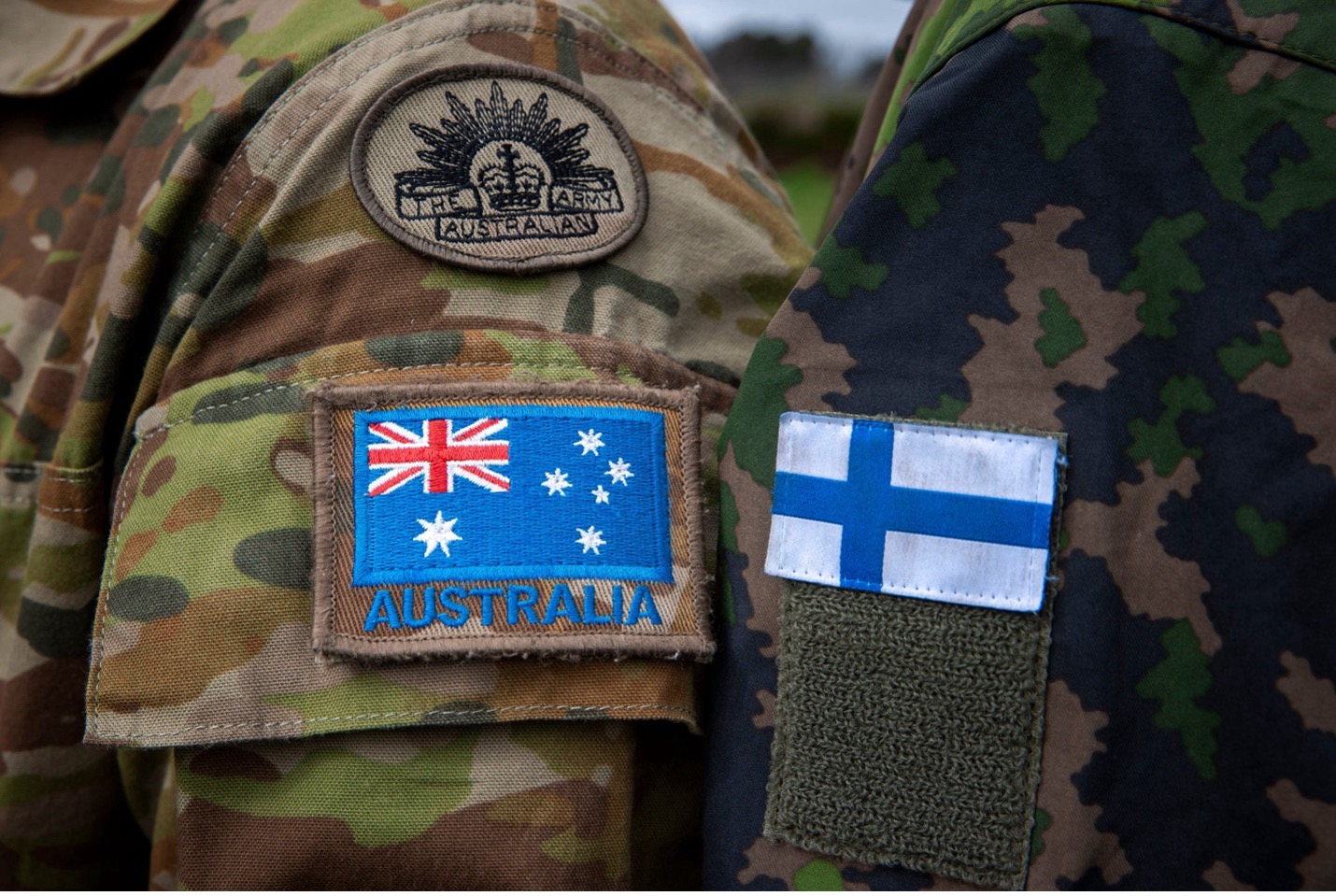Assessing Risks: What Australia Could Learn from Finland
‘Australia was ill-prepared for war in 1941. In 2025, we’re making the same grave mistake’. That’s the headline of an article by Geoffrey Blainey in The Australian on Anzac Day. ‘Australia is not prepared for a war or a half-war near its shores,’ the renowned historian wrote—and, in my view, no one is more qualified to make the judgement.
While I cannot claim to operate in even the same galaxy as Blainey, I wholeheartedly endorse his judgement. I have spent the past year studying Australia’s national preparedness for a range of crises, from the daily struggle against effects of climate change and natural disasters, to the existential challenges of geopolitical contestation and potential conflict involving Australia.
Australia stands at a crossroads. The world is more unpredictable and dangerous than at any time in recent memory. The risks we face are real, complex and growing. Yet, as Blainey suggests and as my new research report, released by ASPI today, makes painfully clear, Australia remains dangerously underprepared.
The report, Building National Preparedness: A road map for Australia and what we should learn from Finland, paints a stark picture. It shows that while our nation has systems to manage natural disasters, we lack a comprehensive, all-hazards national preparedness framework. We have no national risk assessment, which would provide a hard look at all the things that could potentially go wrong on a national scale and would figure out how vulnerable the country is to those threats and their consequences and how to put plans in place to prevent these things from happening or to deal with them effectively if they do. That risk assessment must look across the full spectrum of threats, from cyberattacks and economic coercion to the prospect of war. Today, Australia’s national preparedness governance, funding, public education and response capabilities are fragmented and reactive, at the very time we must be proactive and integrated.
This is not just a bureaucratic shortcoming; it is a strategic failure that places every Australian at risk. The complacency that has settled into government, the bureaucracy and our society threatens our security, prosperity, and way of life. We do not have the legislative tools or coordinated plans to rapidly shift from peace to crisis or war. Our economy is ill-equipped to handle the shocks of conflict or trade disruptions. Our communities are uninformed and untrained for the realities of a more volatile world.
History teaches us that national preparedness is not only prudent; it is essential. Finland, a country with many similarities to Australia, has long understood this. Its total defence strategy integrates military and civilian preparedness, involving every sector of society in safeguarding the nation. As just one example, the Finnish government has sent to every household a checklist for preparing for incidents and crises that advises on how to prepare and cope in the event of war or other unexpected crises. Australia could learn much from Finland’s example, and there are real opportunities for collaboration between our countries to build stronger resilience and preparedness.
So, what must Australia do?
First, we need a comprehensive national risk assessment that is publicly available and regularly updated. This must include geopolitical, military, economic, cyber and natural threats. Without knowing what we face, we cannot prepare effectively.
Second, Australia must establish a clear governance framework for national preparedness.
This must include creating a National Preparedness Steering Committee that would bring together governments at all levels, industry, civil society, and communities. Coordination and clear leadership are vital for timely and effective crisis response.
Third, sustainable and dedicated funding is essential. National preparedness cannot be an afterthought or addressed piecemeal. It requires predictable investment to build capabilities, maintain stockpiles, and run continuous training and exercises for government, industry and citizens alike.
Fourth, public awareness and community engagement must be ramped up. Australians deserve to understand the risks they face and how they can protect themselves and contribute to national resilience. This means embedding preparedness into education and fostering a culture of shared responsibility.
Finally, we must enhance our response and recovery capabilities with a view to all hazards, from natural disasters to cyberattacks and armed conflict. This includes building interoperable emergency services, stockpiling critical supplies and developing psychological resilience programs.
The government has taken some steps, but they are neither visible nor sufficient. The risk of a major conflict in our region is no longer a distant possibility but an imminent challenge. The strategic environment demands a whole-of-nation approach, one that integrates defence, diplomacy, economics and community preparedness, just as the Finns do.
Australia’s survival depends on our ability to adapt to this new reality. We must move beyond complacency, embrace national preparedness as a priority and act decisively. The time to prepare is now.
Marc Ablong is a visiting senior fellow at ASPI. This article was originally published in the Canberra Times.
This was published by ASPI on 23 May 2025 and is republished with permission.

